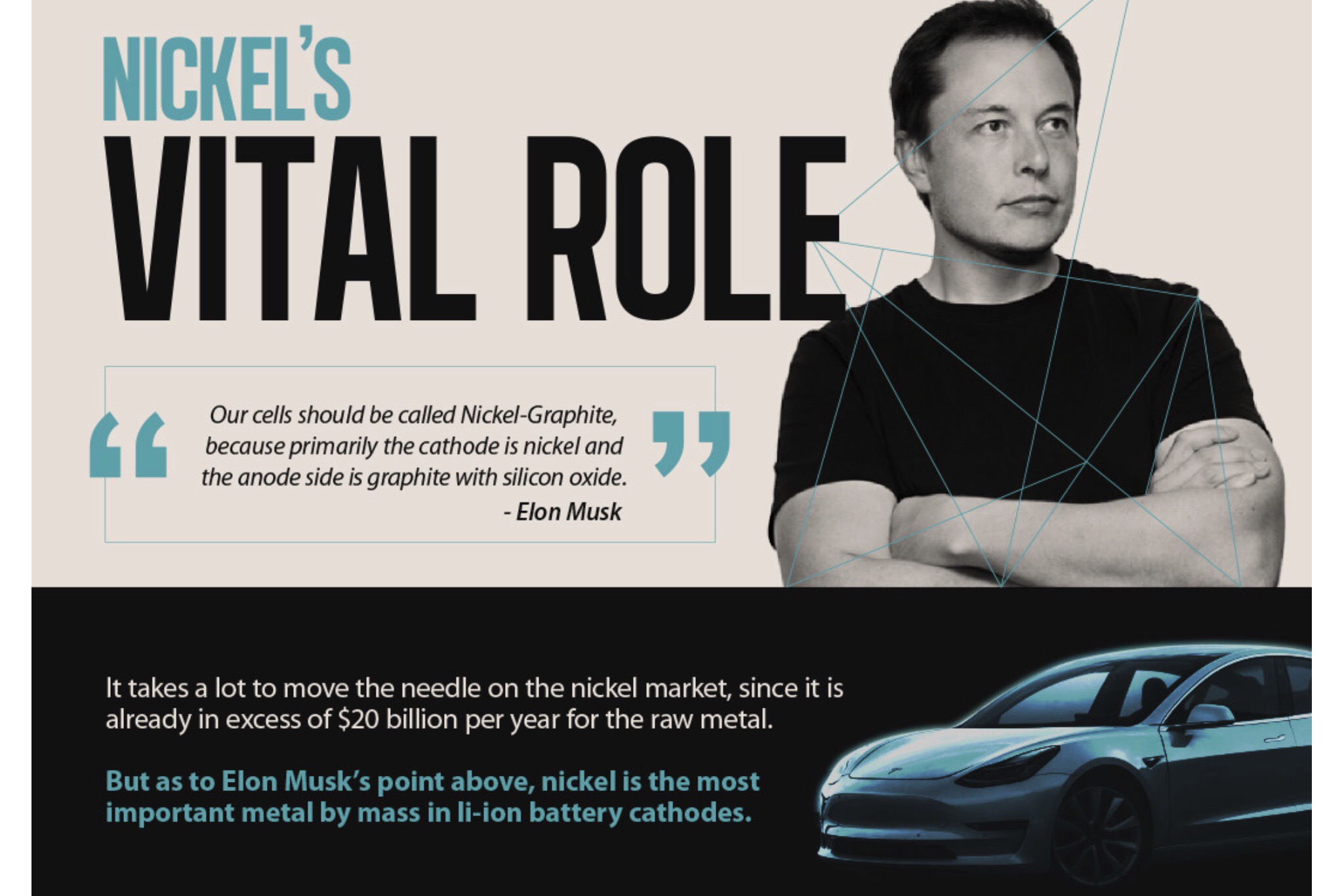Late last month, international automakers made headlines when pledging “to uphold ethical and socially responsible standards in their purchases of minerals for an expected boom in electric vehicle production.”
As Reuters reported, a group of 10 car manufacturers have formed an initiative to “jointly identify and address ethical, environmental, human and labor rights issues in raw materials sourcing.”
Members of the so-called “Drive Sustainability” partnership include Volkswagen, Toyota Motor Europe, Ford, Daimler, BMW, Honda, Jaguar Land Rover, as well as Scania and Volvo. According to Stefan Crets of the CSR Europe business network, the alliance will “assess the risks posed by the top raw materials (such as mica, cobalt, rubber and leather) in the automotive sector (…)” which will “allow Drive Sustainability to identify the most impactful activities to pursue” as automakers tackle supply chain-related issues.
While a commitment to ethical and socially responsible standards is certainly welcome, followers of ARPN will understand that it is fraught with challenges and raises the question of where materials will come from.
Take Cobalt, for example: Roughly 62 percent of global refined Cobalt is sourced in the Democratic Republic of the Congo (DRC), where production conditions are commonly known to involve child labor and poor environmental standards.
Supply issues relating to other critical materials carmakers require – which include not only the above-referenced Mica, Cobalt, Rubber and Leather, but also Graphite and Lithium, as carmakers invest more in electric vehicle (EV) technology – are less well known but equally challenging.
Case in point: Lithium Ion batteries, a key component of EV technology, use both naturally-mined flake Graphite as well as synthetic Graphite, in which the former accounts for roughly 60% of inputs, and the latter for roughly 40%. According to Simon Moores, Managing Director of Benchmark Minerals and member of the ARPN panel of experts, China – arguably not a leader in environmental standards – dominates natural flake mining at 62% of global production in 2016, followed by Brazil at 23%. A similar scenario unfolds for refining, most of which also takes place in China. China’s graphite mining standards have come under fire and were featured in an in-depth Washington Post piece last year.
Mica sourcing is another problematic area. Used in car paint and coveted for its ability to reflect and refract light, Mica has raised red flags in the past for child labor issues in its supply chains. The U.S., which is 100% import dependent to meet its sheet Mica needs (but only 48% import dependent for scrap and flake Mica), is fortunate to import most of its supply from close ally Canada, but once again, a large portion of imports are sourced from China (32%), which also accounts for the majority of global Mica output, followed by India (13%).
Automakers are not the first ones to pledge ethically and socially responsible sourcing of materials – problems relating to Cobalt have previously prompted tech giants like Apple and Tesla to rethink their sourcing strategies, with Apple even going as far as announcing their goal of working towards a “closed-loop supply chain where products are built using only renewable resources or recycled material.”
In their quest to meet pledged goals, automakers should join forces with those who promote efforts to create policy frameworks that foster both recycling and the responsible mining of mineral resources we need today, and will increasingly rely on in the future.





